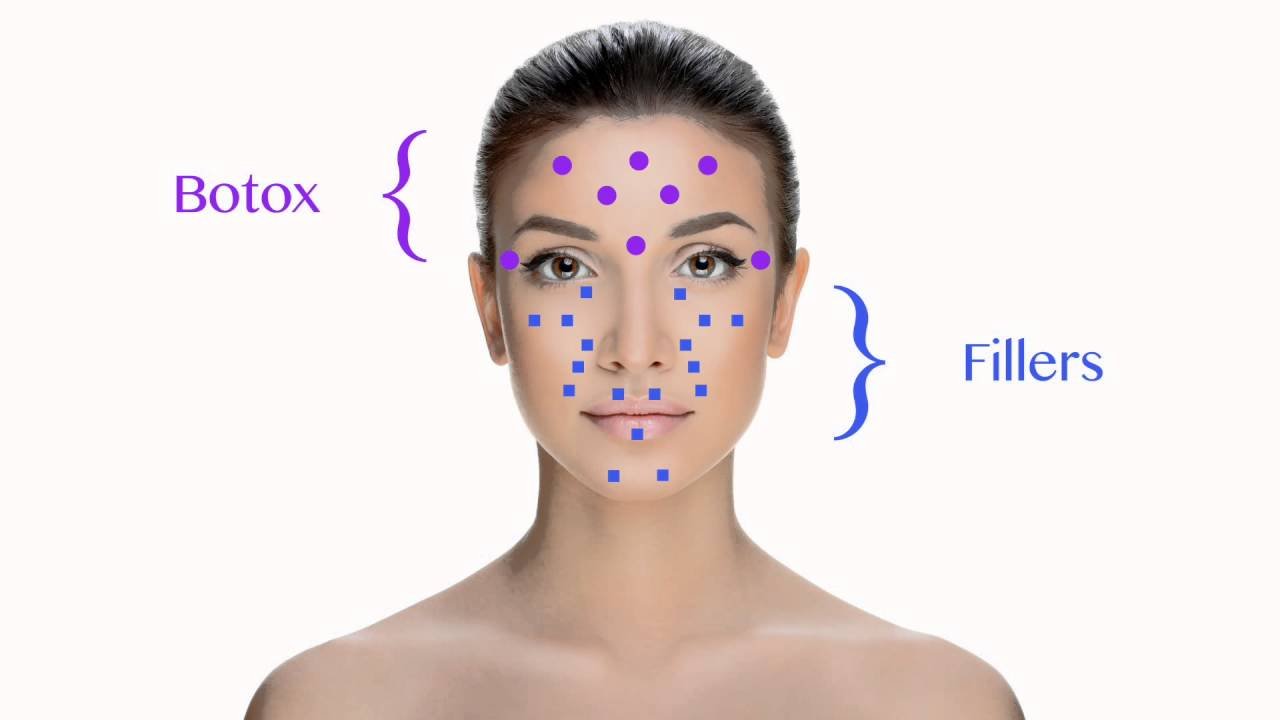
There’s a line on your forehead. It wasn’t there last year. Or maybe it was, but it was softer. You frown, and the crease deepens. You relax, and it stays. This is the beginning of the question. Is it dynamic or static? Expression or aging? Botox and fillers don’t treat the same thing. One quiets movement. The other restores volume. But it starts with the mirror—and the questions it raises.
You frown, and the line forms deeper—this is where Botox works best
Dynamic wrinkles come from repeated muscle contractions. Frowning. Squinting. Raising eyebrows. These movements fold skin. Over time, the folds stay. Botox works by relaxing the muscles that cause these folds. It doesn’t fill the line. It prevents the movement. Without that movement, the skin has time to smooth. That’s why Botox works best on the upper face. Forehead lines. Glabellar “11s.” Crow’s feet.
You smile, and your cheeks seem flatter than they used to—this is where fillers belong
With time, fat pads shrink. Bones resorb. The skin stays, but the support beneath fades. That’s what causes the hollow look. Cheeks that flatten. Lips that thin. Jawlines that soften. Fillers restore that volume. They’re not about stopping motion. They’re about bringing structure back. A well-placed filler can lift a face. Not just plump it.
You hear “toxins” and “acid” and worry—what exactly are you putting into your face?
Botox is a purified protein derived from botulinum toxin. It’s been used medically for decades. Migraines. Spasticity. Excessive sweating. In aesthetics, the dose is tiny. It doesn’t travel far. It’s localized. Safe when used properly. Fillers are mostly made of hyaluronic acid. A substance your body already produces. It attracts water. Adds volume. Most are reversible. One dissolving enzyme, and it’s gone.
You feel like your eyebrows sit too low—Botox can help lift them gently
A subtle brow lift is possible with Botox. By weakening the muscles that pull the brow down, the muscles that lift it take over. This creates a gentle arch. It’s temporary. But effective. Especially for those not ready for surgery. Fillers won’t help here. Volume won’t lift muscle. But Botox will release it.
You speak, and your lips move less confidently—fillers can rebuild the shape that time forgot
Lip fillers aren’t always about size. Sometimes they restore definition. The vermilion border. The philtrum columns. Areas that fade with age. Fillers bring back contour. Smooth lines. Reshape corners. A natural result doesn’t shout. It whispers. You don’t need more—you need back what you had.
You blink and feel tension around your eyes—Botox eases motion without changing expression
Crow’s feet form from squinting. Sunlight. Smiling. Time. Botox softens these movements. Keeps the eye area relaxed. You still smile. Still express. But the skin doesn’t crumple. Fillers don’t work here well. The skin is too thin. Movement too strong. Botox does what volume cannot.
You chew and notice your jaw looks wider—Botox in the masseter can refine the angle
Some grind their teeth. Some clench in sleep. This builds masseter muscles. The jaw looks broader. Heavier. Botox can slim this area. Relax the tension. Soften the profile. It’s not about beauty. It’s about relief. Fillers would only add size. Botox brings balance.
You want under-eye support, but not puffiness—this is filler’s most delicate job
Tear troughs are hollow spaces. They cast shadows. Make you look tired. Fillers placed deeply here can smooth that transition. But it must be precise. Too much causes puffiness. The wrong product migrates. Skilled placement matters. Botox can’t help here. Volume is the missing piece.
You want results fast—but you must wait differently for each
Botox takes time. Three to five days to start. Two weeks for full effect. Fillers are instant. You walk out seeing a difference. But swelling may come. Both fade gradually. Botox over three to four months. Fillers six to twelve, sometimes more. Different speeds. Different rhythms. Same mirror.
You hear someone say they got “Botox in their lips,” but that’s probably filler
This mix-up happens often. Botox relaxes muscle. It can flip a lip slightly. But volume in lips is always filler. The confusion comes from branding. Botox is known. Fillers less so. But they’re not the same. And knowing which to use where matters.
You ask which is better—but realize the answer depends on the problem
There’s no “better.” Only “appropriate.” Botox works on lines from motion. Fillers treat loss of shape. One stops repetition. One restores structure. Many use both. In different areas. For different goals. The real difference isn’t in the product—it’s in the plan.
